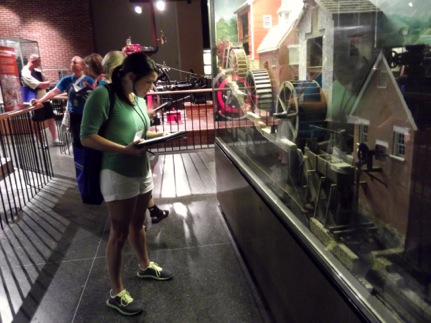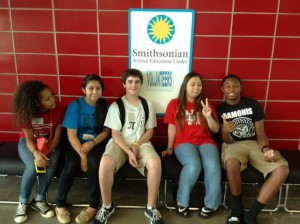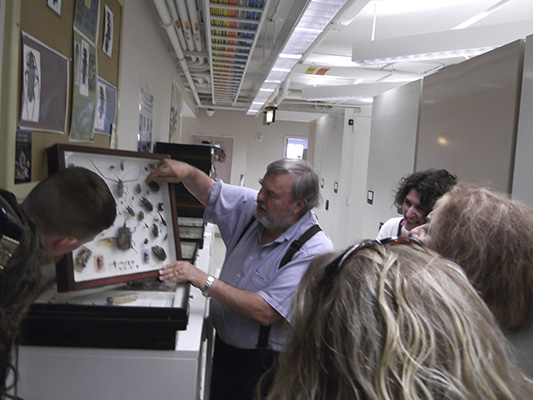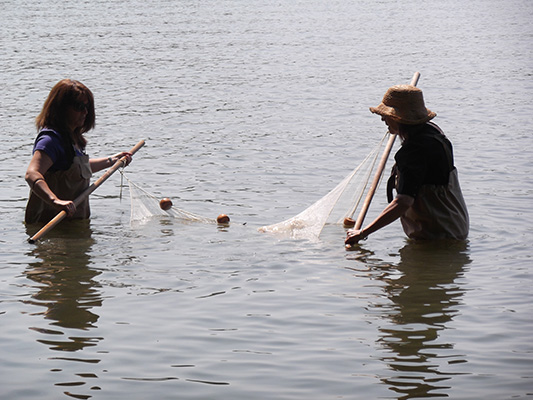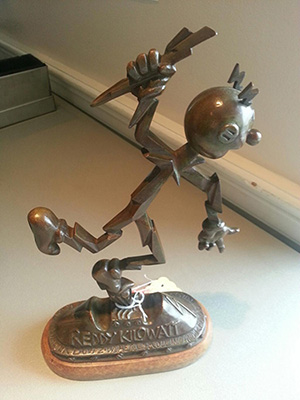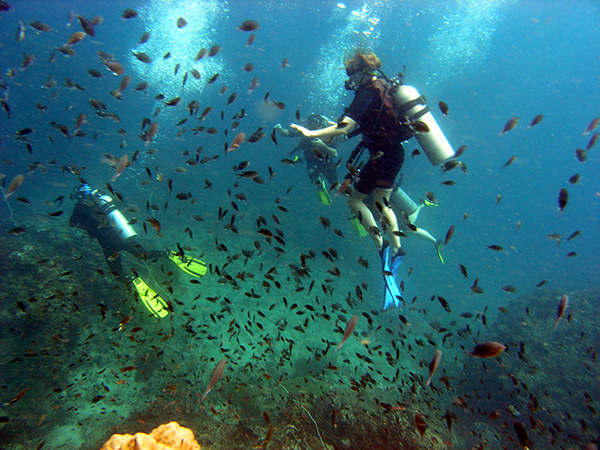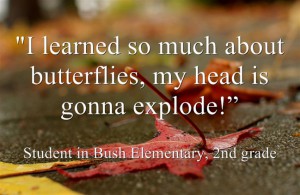Where does rain come from? Where do puddles go? How are plants and animals the same? How are they different? What makes objects go fast or slow? Helping young students answer these questions by encouraging their natural curiosity is a no-brainer for engaging them in science explorations. This is one of the goals of the newest set of science curriculum developed by the SSEC.
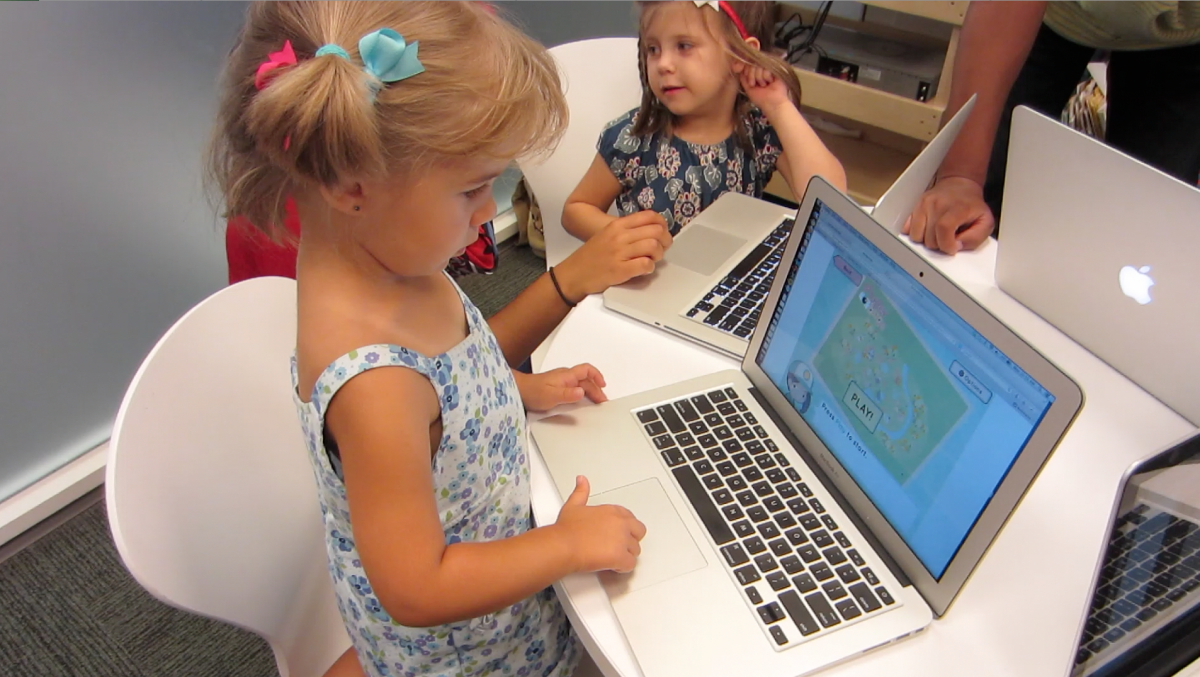
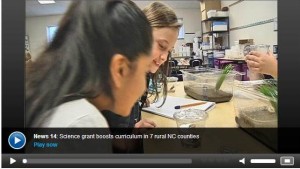
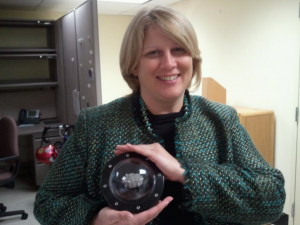
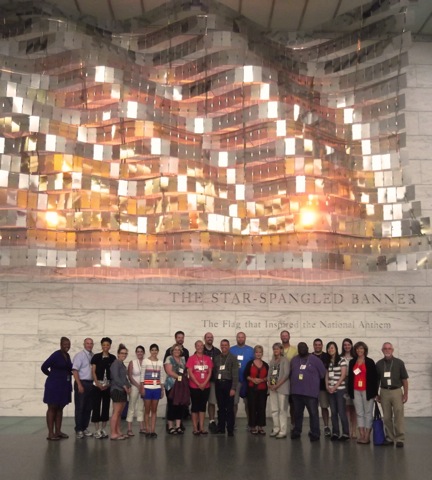 With our second Science Academy for Teachers of the summer gone and behind us, we have moved ahead with the third and final Earth History Academy that took place in Washington DC this past week.
With our second Science Academy for Teachers of the summer gone and behind us, we have moved ahead with the third and final Earth History Academy that took place in Washington DC this past week. 